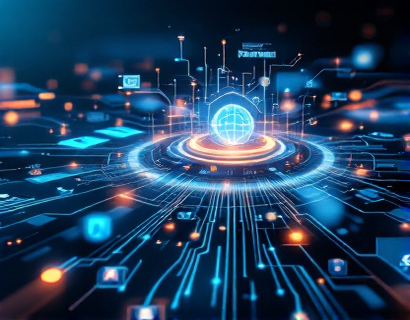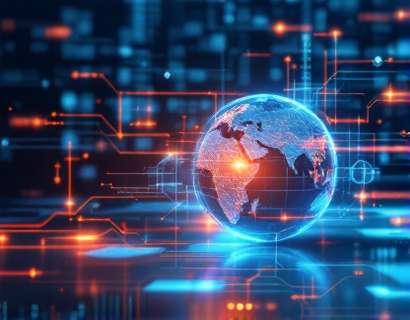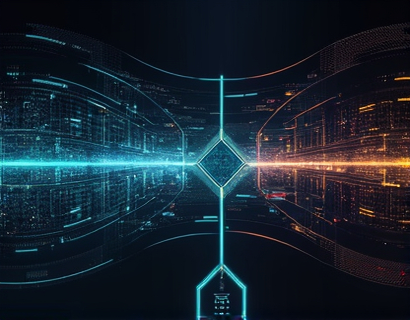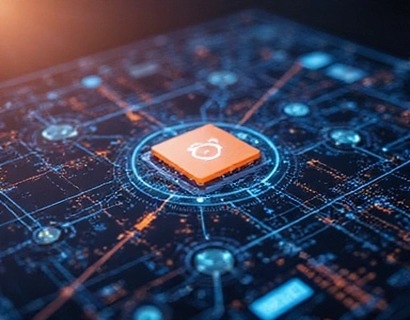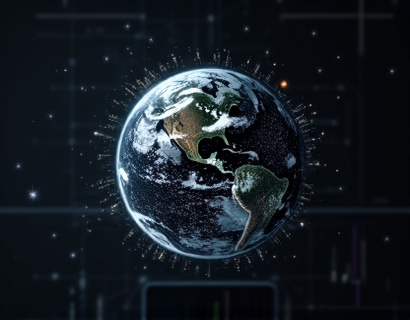Advanced AI-Powered Document Translation Solutions: Streamlining Global Communication for Businesses and Individuals
In an increasingly globalized world, the need for efficient and accurate multilingual document translation has become paramount. Advanced AI-driven document translation software has emerged as a game-changer, streamlining global communication for both businesses and individuals. These cutting-edge solutions automatically convert text into multiple languages with precision and cultural sensitivity, significantly saving time and resources in the translation process.
The traditional methods of document translation, which often relied on human translators, were time-consuming and prone to errors. While human translators bring invaluable cultural insight and nuance, the process can be slow and costly, especially for large volumes of text. AI-powered translation tools have addressed these challenges by leveraging machine learning algorithms and natural language processing to deliver high-quality translations at an unprecedented speed.
One of the key advantages of AI-driven translation software is its ability to handle a wide range of document types, from simple emails and reports to complex legal and technical documents. These tools are designed to understand context, idioms, and industry-specific terminology, ensuring that the translated content is not only linguistically accurate but also contextually appropriate.
For businesses, the impact of AI-powered translation is profound. Global companies often deal with multilingual teams, customers, and partners, making seamless communication crucial for success. With advanced translation tools, businesses can quickly translate documents, websites, and customer support materials, breaking down language barriers and enhancing customer satisfaction. This capability is particularly beneficial for companies operating in regions with diverse linguistic populations, such as Asia, Africa, and Latin America.
AI-driven translation software also offers significant cost savings. Traditional translation services can be expensive, especially for large volumes of text or urgent projects. AI tools reduce the need for extensive human resources, lowering translation costs without compromising on quality. This makes high-quality translation accessible to small and medium-sized enterprises (SMEs) that may not have the budget for traditional translation services.
Moreover, these tools are continuously improving through machine learning. As more data is processed, the algorithms become more accurate and better at understanding nuances in language. This iterative process ensures that translations remain up-to-date and relevant, adapting to changes in language usage and cultural contexts.
For individuals, AI-powered translation tools have democratized access to information. Travelers, students, and professionals can now translate documents on the go, facilitating communication and learning across languages. Language learning apps and online translation services integrate these AI tools, providing users with real-time translations and pronunciation guides, enhancing the language learning experience.
Another significant benefit is the preservation of cultural sensitivity. AI translation tools are designed to respect and maintain the cultural nuances of the source language. This is crucial in maintaining the intended meaning and tone of the original text, avoiding misinterpretations that could arise from literal translations. For instance, idiomatic expressions and cultural references are handled with care, ensuring that the translated content resonates with the target audience.
In the realm of legal and medical documents, accuracy is paramount. AI-powered translation tools are equipped to handle these sensitive documents with precision. They can translate complex legal jargon and medical terminology, ensuring that the translated documents meet the required standards and regulations. This capability is particularly valuable for multinational corporations and healthcare providers operating in multiple countries.
The integration of AI translation tools with other business technologies, such as customer relationship management (CRM) systems and content management systems (CMS), further enhances their utility. For example, a CRM system can automatically translate customer inquiries and support tickets, enabling companies to provide timely and accurate responses in multiple languages. Similarly, a CMS can offer multilingual content management, allowing businesses to maintain a consistent brand presence across different regions.
The scalability of AI translation solutions is another significant advantage. As businesses grow and expand into new markets, these tools can easily scale to handle increased translation volumes without a proportional increase in costs or time. This flexibility is essential for companies looking to maintain a competitive edge in the global market.
Despite the numerous benefits, it is important to acknowledge the limitations of AI-powered translation. While these tools have made significant strides, they may still struggle with highly specialized or context-dependent content. In such cases, human oversight remains crucial to ensure the highest quality of translation. However, the role of AI is to augment human capabilities, not replace them, creating a synergistic approach to translation.
The future of AI-powered document translation looks promising, with ongoing research and development aimed at further improving accuracy and cultural sensitivity. Advancements in deep learning and neural machine translation are pushing the boundaries of what is possible, making translations more natural and fluid. As these technologies continue to evolve, we can expect even more seamless global communication, breaking down barriers and fostering greater understanding among diverse cultures.
In conclusion, AI-driven document translation solutions are revolutionizing the way businesses and individuals communicate across languages. By offering precision, cultural sensitivity, and cost-effectiveness, these tools are essential for anyone looking to operate effectively in a multilingual environment. As the technology continues to advance, the potential for enhanced global collaboration and understanding is immense.






